Rapid Review By: Mikayla Murphy
Kerr, L., Jewell, V. D., & Jensen, L. (2020). Stretching and splinting interventions for post stroke spasticity, hand function, and functional tasks: A systematic review. American Journal of Occupational Therapy, 74, 7405205050. https://doi.org/10.5014/ajot.2020.029454
The Skinny
This study focused on the benefits of stretching the upper extremity to decrease spasticity, increase hand function, and improve functional tasks in post stroke patients. The authors looked at four methods of reducing spasticity: stretching devices, static splinting, dynamic splinting, and manual stretching.
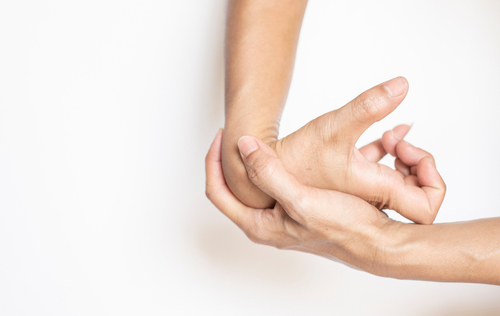
In the Weeds
This study was a systematic review, meaning it complied the results of several other studies in order to better understand all the current research evidence. The authors collected studies that focused on the treatment of the upper body of individuals 18 and older who had spasticity after a stroke. The studies also needed to have an evidence level of III or higher. The authors identified 11 studies that fit their criteria.
Bringing It Home
Stretching devices, static splinting, dynamic splinting, and manual stretching all increased hand function and improved functional tasks to varying degrees. Stretching devices were found to have strong evidence for reducing spasticity. Static and dynamic splinting both had low evidence for reducing spasticity, and manual stretching was not studied in regards to reducing spasticity. Static splinting, dynamic splinting, and manual stretching were found have moderate strength of evidence for increasing hand function. Stretching devices had a low strength of evidence for increasing hand function. Static splinting, dynamic splinting, and manual evidence all had a moderate strength of evidence for improving functional tasks. Stretching devices again had a low strength of evidence for improving functional tasks.
There were also some non-statistically significant conclusions drawn. Dynamic splinting was more effective than static splinting by self-report. Interventions were more effective when done in conjunction with an occupational or physical therapy session (as opposed to simply with a home exercise program), highlighting the need for hands-on intervention in addition to stretching activities.
Rating
This study was a 3/5. The systematic review itself was well-done, but severely limited by the lack of available studies. Additionally, the studies were not homogenous. For example, the intervention periods ranged from a half hour to six months between studies. In the end, the review does not change practice, but primarily highlights a need for more research in regards to upper extremity stretching and post-stroke spasticity.
2 Comments
Leave a Comment
More To Read
Differentiating Proximal Median Nerve Entrapment from Carpal Tunnel Syndrome
By: Brittany Day Proximal Median Nerve Entrapment, Pronator Syndrome, or Lacertus Syndrome? Pronator syndrome is a term used to describe proximal median nerve entrapment (PMNE) in the forearm. Pronator syndrome and lacertus syndrome are sometimes used interchangeably to describe proximal median nerve entrapment distal to the ligament of Struthers and proximal to the flexor superficialis…
Read MoreSurgery & Hand Therapy Highlights for Dupuytren’s Disease
Dupuytren’s disease affects the fascia of the hand (Dupuytren’s fasciectomy hand). It is relatively common to encounter patients with Dupuytren’s condition, even if that is not the primary reason you are treating the patient. Patients often present with a nodule(s) in the palm of the hand, or they may even have a thickened cord running…
Read More7 Tips to Help your Patients Manage Hand Osteoarthritis
Our hands are one of the most intricate structures in the human body. They are composed of a network of tendons, ligament and nerves that make it possible to perform daily tasks such as unlocking a door, peeling an egg, or sending an email to a friend. Osteoarthritis in your hands can make these simple…
Read MoreSign-up to Get Updates Straight to Your Inbox!
Sign up with us and we will send you regular blog posts on everything hand therapy, notices every time we upload new videos and tutorials, along with handout, protocols, and other useful information.

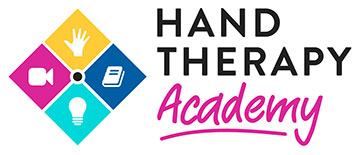
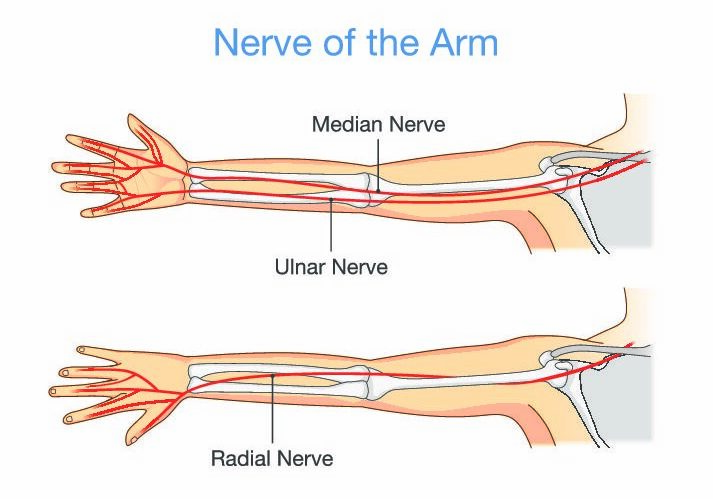
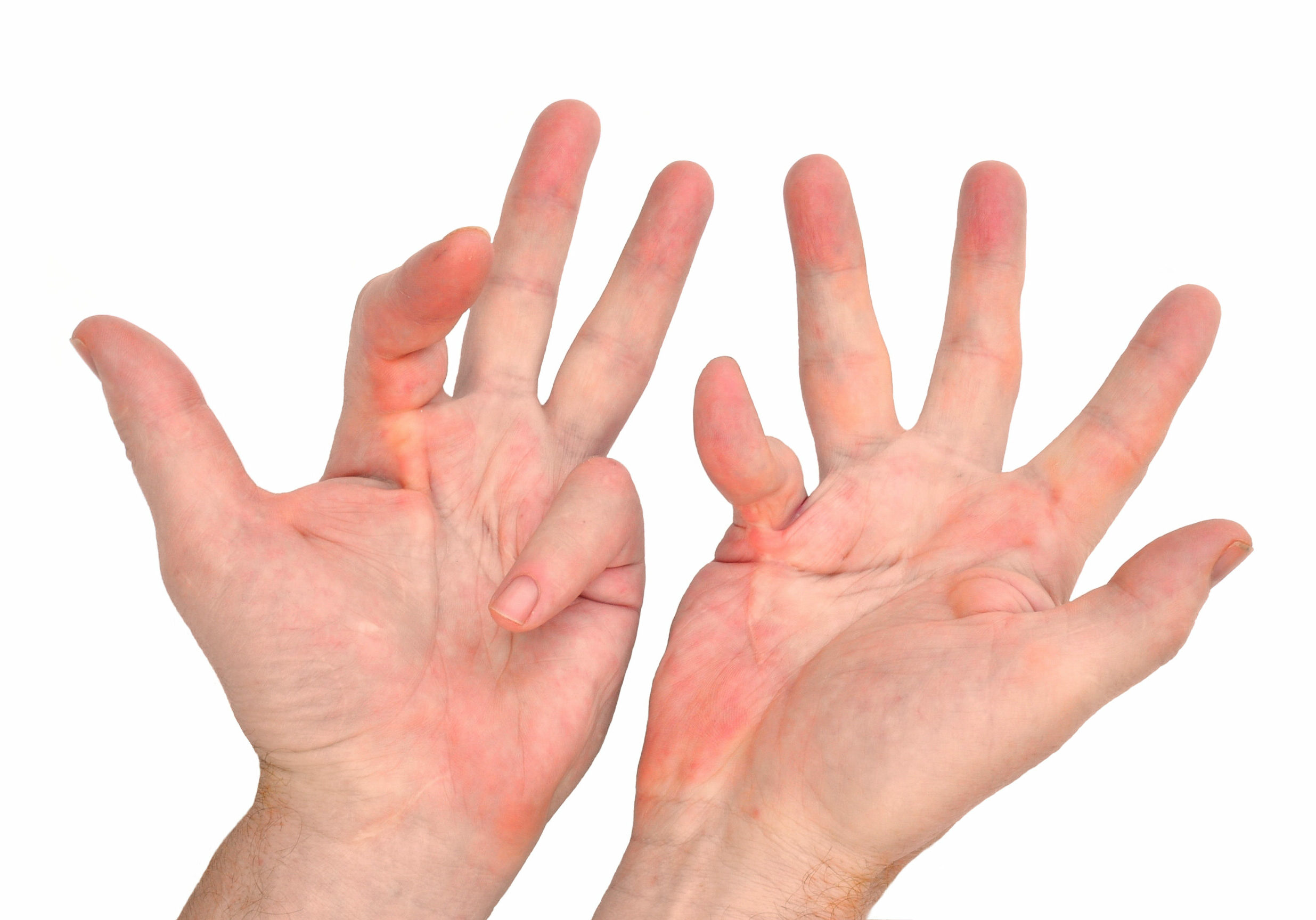
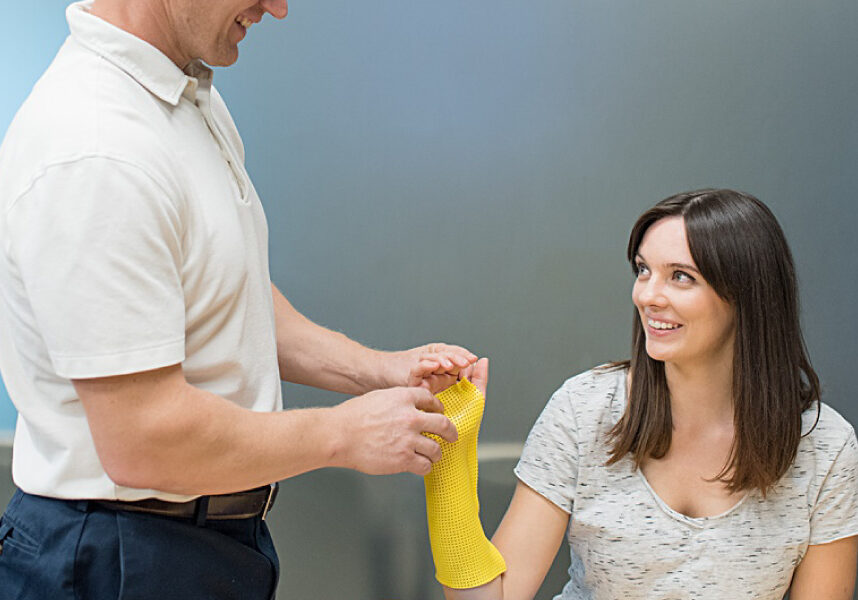

Can you provide an example of a stretching device? Thank you.
What would constitute a stretching device?